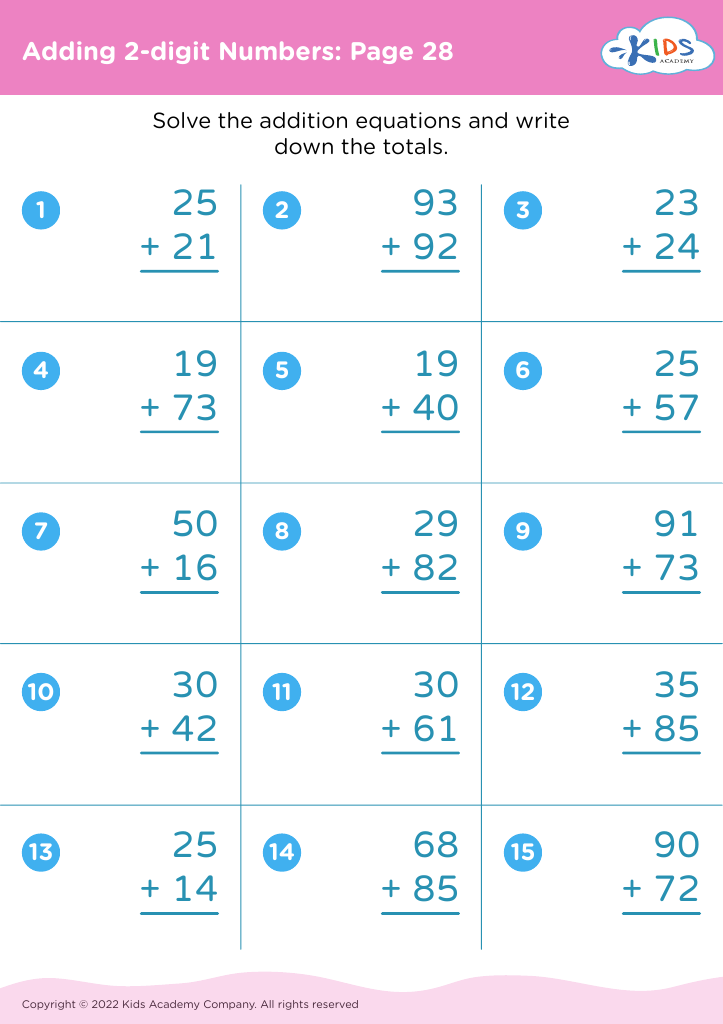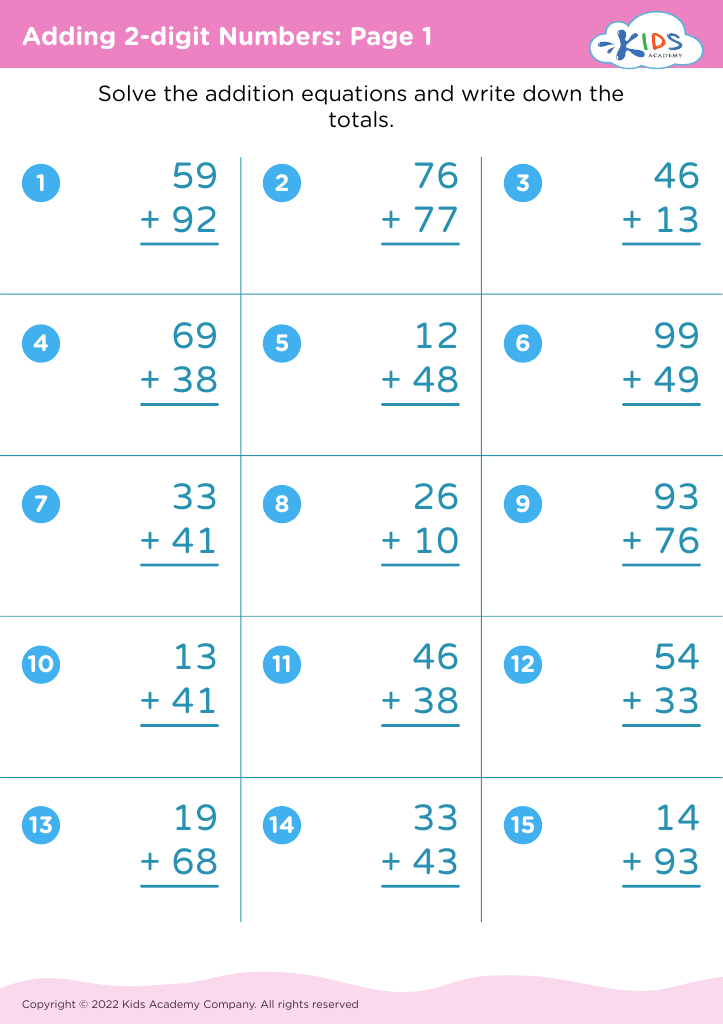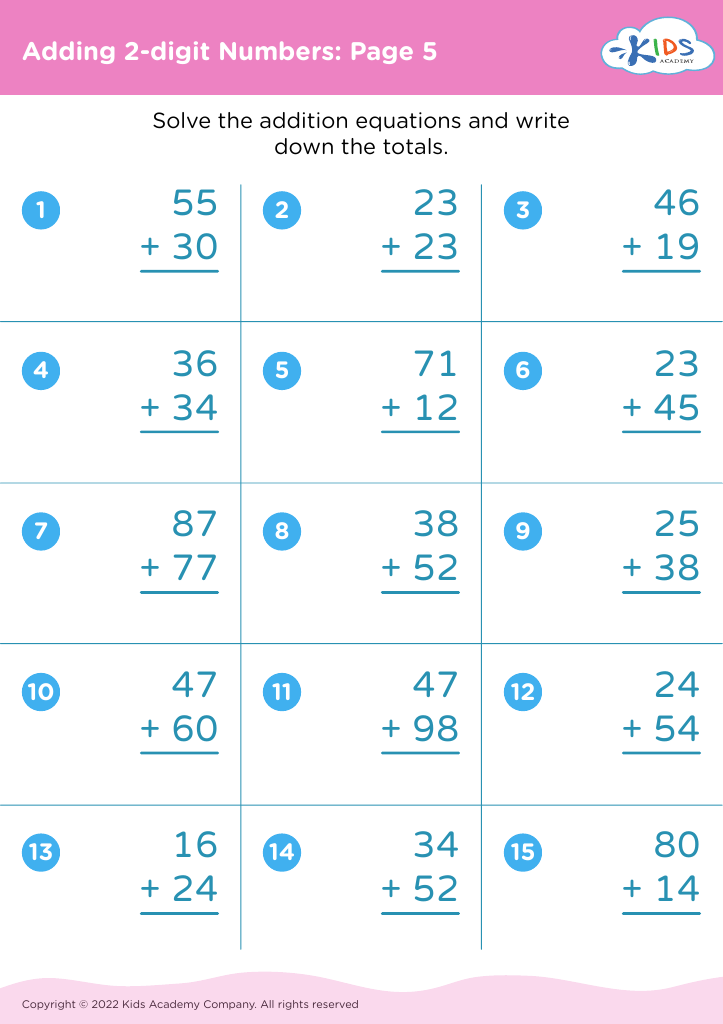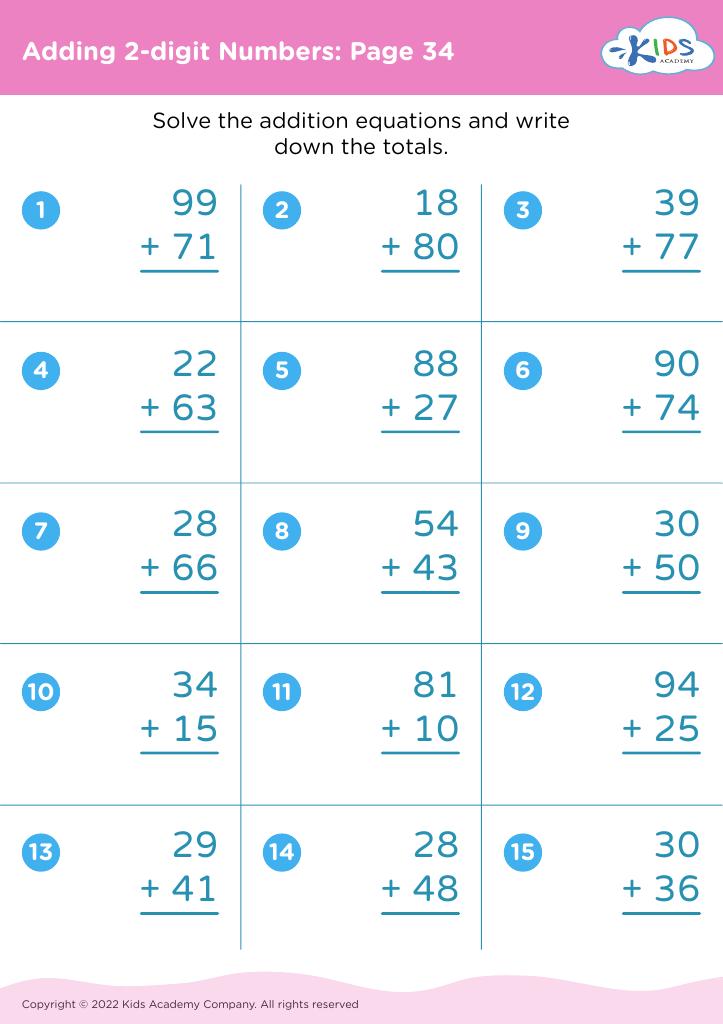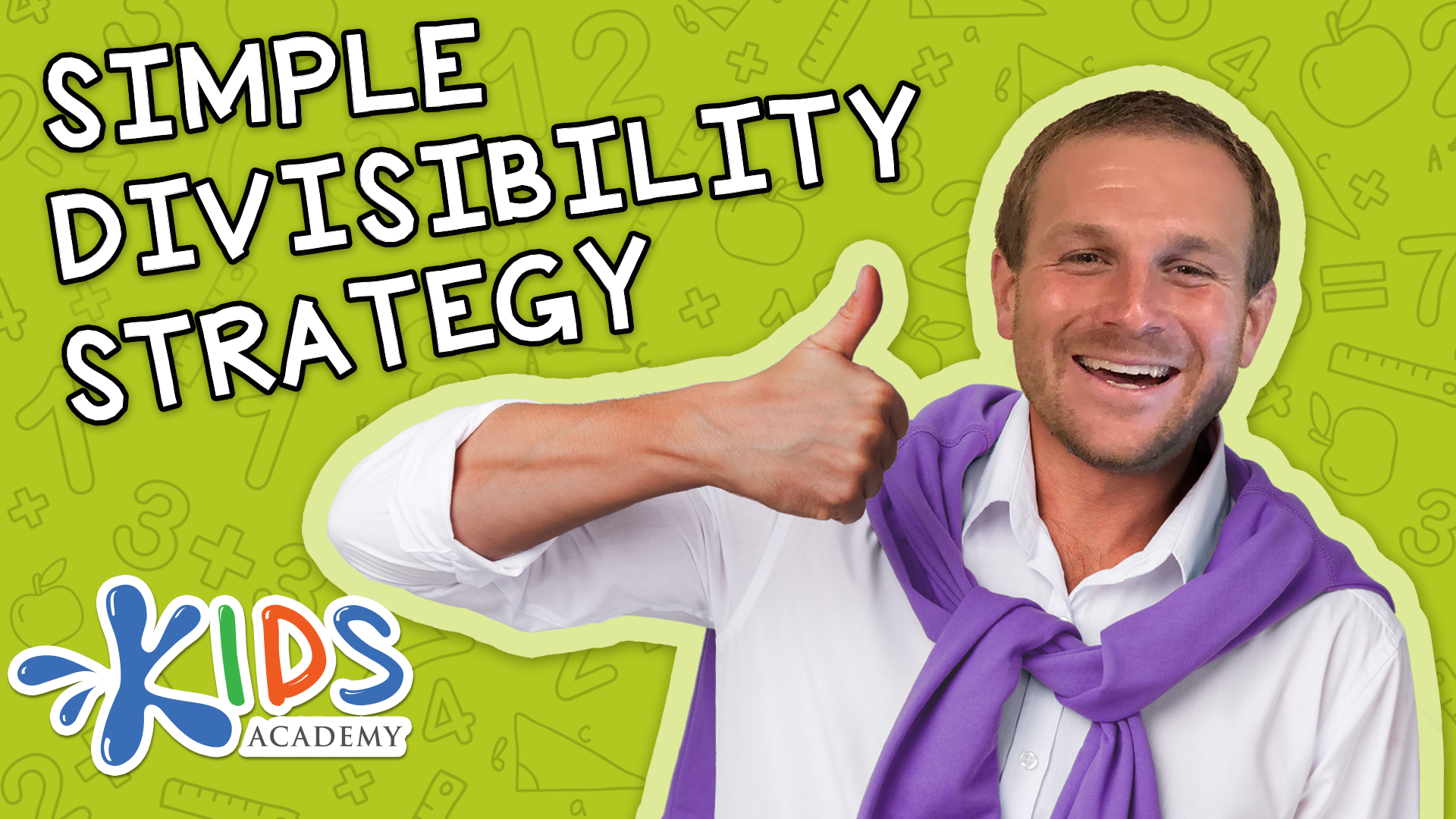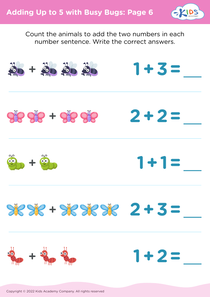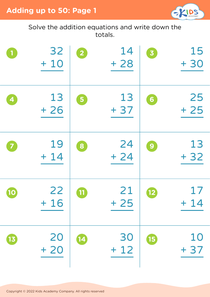Understanding patterns Adding 2-digit Numbers Worksheets for Ages 7-8
4 filtered results
-
From - To
Explore our "Understanding Patterns: Adding 2-digit Numbers Worksheets for Ages 7-8" designed to enhance your child's arithmetic skills. These worksheets offer engaging exercises focusing on recognizing patterns in addition, crucial for mastering basic math concepts. By incorporating visual aids and step-by-step instructions, children will grasp the logic behind adding 2-digit numbers, ensuring a solid foundation in mathematics. Ideal for classroom use or at-home practice, these resources aim to boost confidence and proficiency in young learners. Perfect for ages 7-8, our worksheets make learning fun and effective, setting them up for continued success in math.
Understanding patterns in adding 2-digit numbers is foundational for children aged 7-8 as it sets the stage for more complex mathematical concepts. First, recognizing patterns helps kids see relationships between numbers, which fosters critical thinking and problem-solving skills. When children observe patterns, such as the consistent increase when adding ten, they begin to anticipate outcomes and grasp the predictability of numbers.
Second, this skill enhances mental math capabilities, making future arithmetic less intimidating. When students can quickly add numbers in their heads by understanding patterns, their confidence and speed improve. This boosts their overall mathematical fluency, easing their transition to higher-level math, including multiplication and division.
Moreover, familiarity with patterns helps children understand place value—a critical aspect of arithmetic. Seeing how numbers adjust with tens and units reinforces the concept that each digit has a specific value based on its position. This comprehension is crucial for accurate, more complex calculations involving larger numbers.
Finally, building these foundational skills can also make math enjoyable. Recognizing and working with patterns turns learning into an engaging, almost game-like activity, encouraging a positive attitude towards math. A solid grasp of this concept not only prepares children for academic success but also instills a lifelong appreciation for numerical and logical reasoning.
